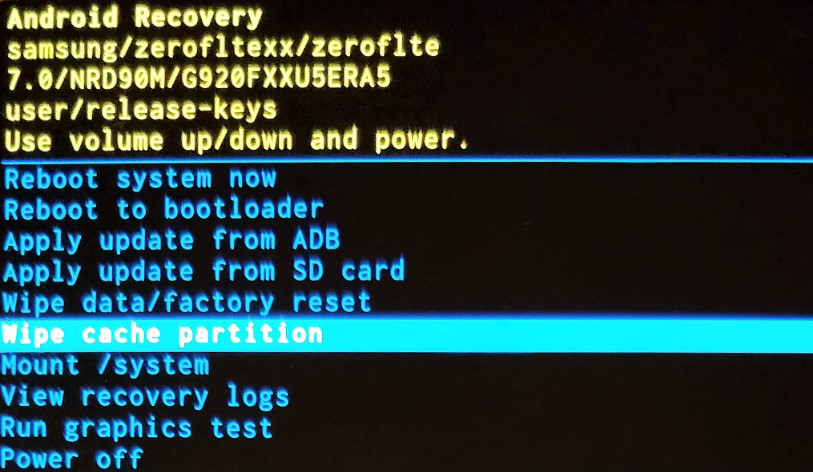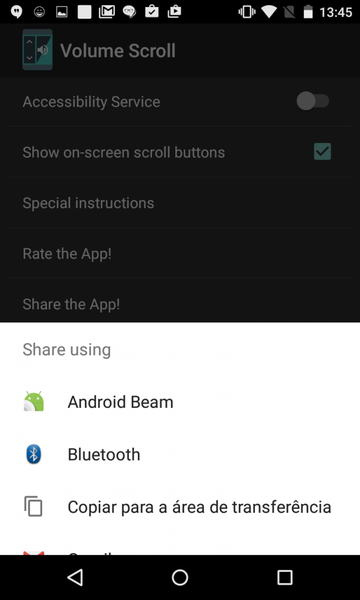

Java and OpenJDK are trademarks or registered trademarks of Oracle and/or its affiliates.This app allows you to use volume keys for scrolling content on your screen automatically (lists, documents, web pages.
#Android volume scroll code
This can cause a suddenĬontent and code samples on this page are subject to the licenses described in the Content License. If the shaper has a volume less than 1.0 when you callĬlose(), the shaper's volume scale changes to 1.0. The system removes the shaper from theĪudio pipeline within about 20 ms. MediaPlayer is released or no longer in use. The system closes and garbage collects a VolumeShaper when its AudioTrack or The scaling operation permanently changes the control points in the Last to maintain the relative shape of the new curve (the last control point is Shaper and scales the volume of all the control points between the first and This sets the first control point of the new curve to the current level of the You can avoid this by calling replace() with join = true. The level specified by its first control point. When you call replace() with join = false, the shaper starts its curve at The volume of the first control point in the new curve. Immediately start the new curve, specify REVERSE to leave the shaper paused at This means that the operation argumentĬontrols whether or not the shaper runs after the call. Then the shaper tries to start the newĬurve from the first control point.

When you call replace() while the shaper is running, it stops changing the setCurve(floatArrayOf(0f, 1f), floatArrayOf(0f, 1f)) Val config: VolumeShaper.Configuration = () Using a VolumeShaper Creating a configurationīefore building a VolumeShaper, you must create an instance of VolumeShaper.Configuration. Time of the volume curve when the shaper is running and applying the curve to The specified time coordinates in the interval are scaled to aĭuration that you specify in milliseconds. There are four constants for the available Valuesīetween the control points are derived by a spline according to theĬonfiguration's interpolator type. The volume curve always passes through the specified control points. The volume coordinates are specified in linear scale over the interval Point must be 0.0, the last must be 1.0, and the times must be monotonically The time coordinates are given over the interval. The arrays must be of equal lengthĪnd contain at least 2 and no more than 16 values. Pair represents time and volume respectively.
#Android volume scroll series
Of float arrays, x and y that define a series of control points. The volume curve represents amplitude change over time. *volume curve, interpolator type, and duration.* Volume curve The behavior of a VolumeShaper is defined by its Note: On this page the term "shaper" refers to an instance of a VolumeShaper. VolumeShaper only acts on the audio produced by the AudioTrack or MediaPlayer You create a VolumeShaper by calling createVolumeShaper() on an instance of
#Android volume scroll android
The VolumeShaper class is available in Android 8.0 (API level 26) You can use a VolumeShaper in an audio app to performįade-ins, fade-outs, cross fades, ducking, and other short automated volume


 0 kommentar(er)
0 kommentar(er)
